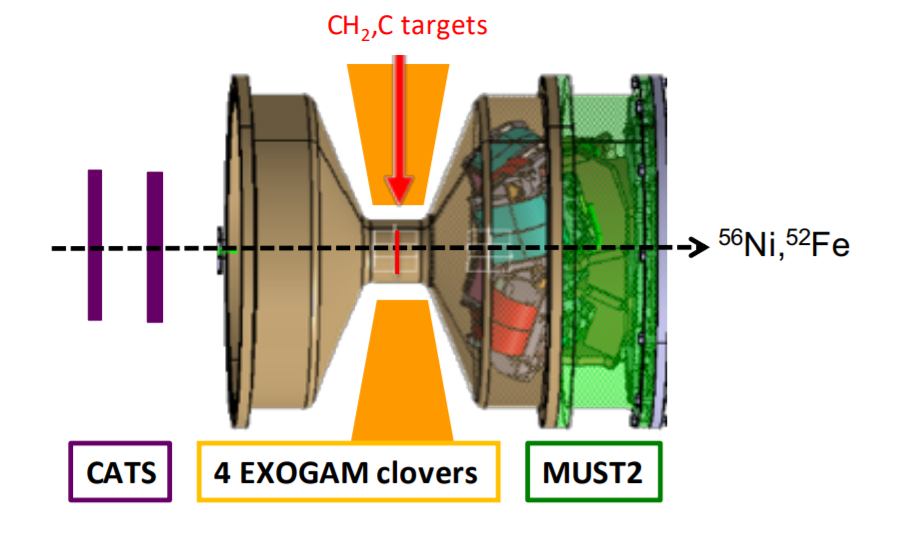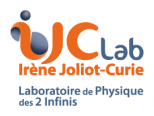The atomic nucleus is an intriguing many-body system, the properties and transformations of which can be sometimes linked, with the aid of microscopic models, to the occurence of correlated states of few or even many nucleons. Although very difficult to observe directly, these correlations can be pinned down by dedicated experiments aiming to combine the right observables with the right nuclear systems. Often these nuclear systems are very exotic, close to the limits of nuclear stability.
One of the correlations with fundamental consequences in nuclear physics is pairing. First of all, the study of pairing correlations in neutron-rich systems is important in order to better pin down the strength and character of the pairing interaction in both finite nuclei and neutron matter. Second of all, proton-neutron pairing correlations (in N = Z systems) have been in the last years a topic of high interest, as their existence has been difficult to emphasize experimentally. Researchers in the NESTAR team are pursuing the study of pairing correlations of both neutron-neutron and proton-neutron type through transfer reactions performed at GANIL, using the MUST2-TIARA-EXOGAM or MUGAST-EXOGAM setups combined with the VAMOS or LISE spectrometers. In addition, the search for giant pairing vibrations as evidence for pairing correlations is being pursued by experiments at ALTO and TRIUMF.

Drawing of the MUST2-EXOGAM setup used to study proton-neutron pairing in 56Ni and 52Fe at GANIL/LISE.
Another important type of correlations occuring especially in light systems is clustering. The researchers of our pole are pursuing this topic by cluster knock-out experiments at RIKEN.






